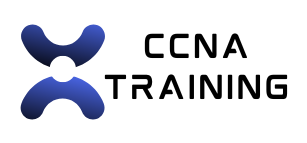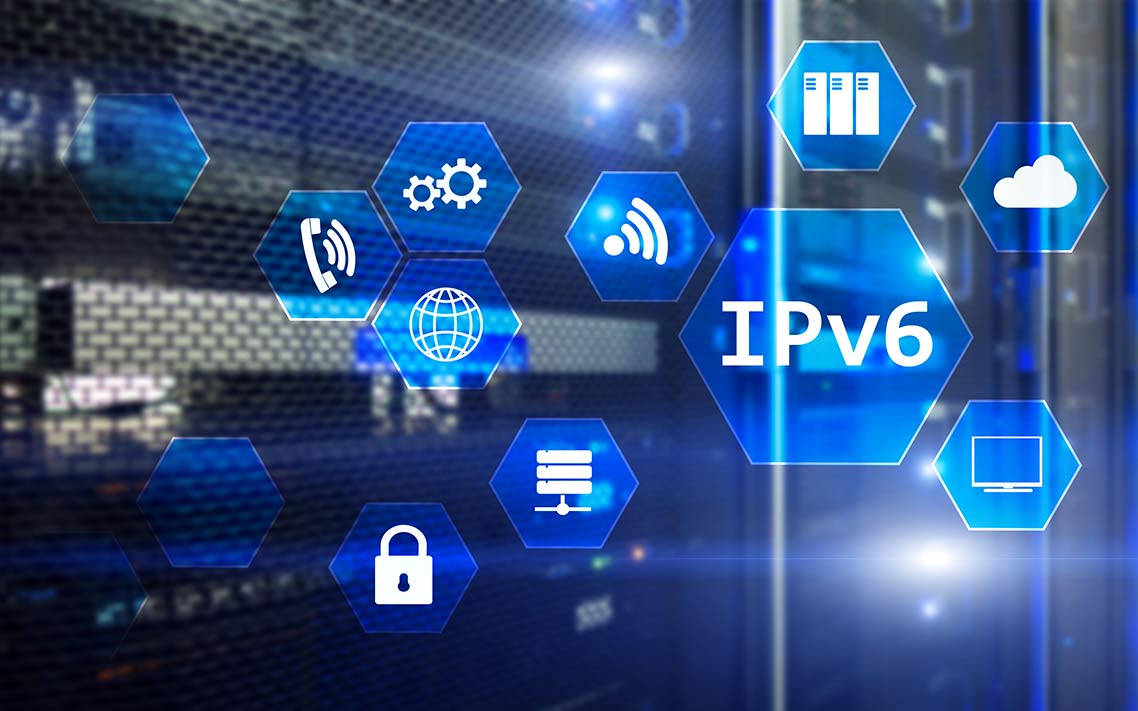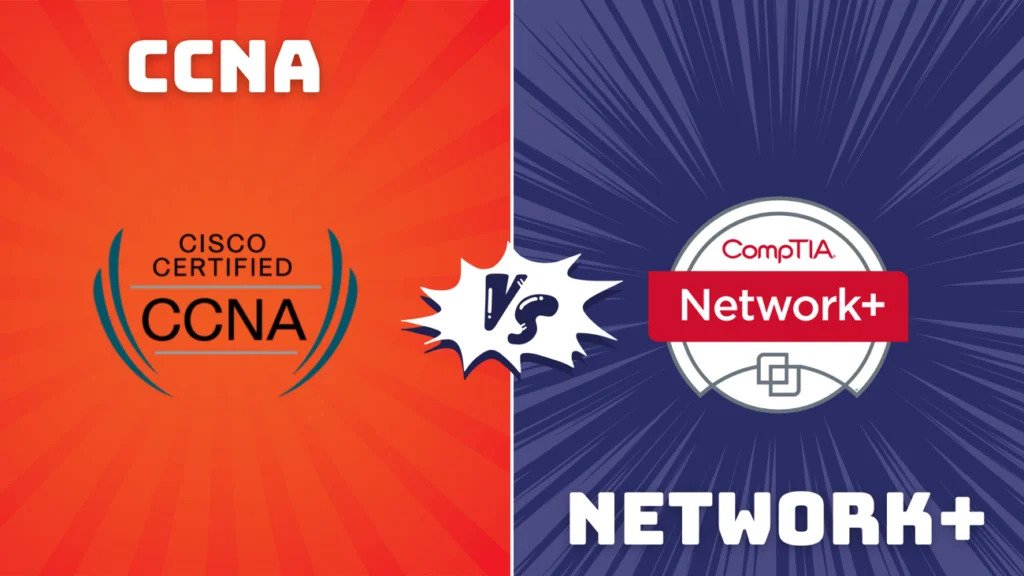Navigating the complexities of networking is a challenge that modern IT professionals face daily. With the advent of IPv6, understanding and mastering this protocol is essential for success in the networking field, especially for those preparing for the Cisco Certified Network Associate (CCNA) 200-301 exam.
This instructional guide will dive into the world of IPv6, presenting insights into its configuration, addressing schemes, and the role it plays in the CCNA certification.
Introduction
Importance of IPv6 in modern networking
IPv6 is the most recent version of the Internet Protocol, which provides an identification and location system for computers on networks. Its importance cannot be overstated as we’ve exhausted IPv4 addresses and need a scalable solution to accommodate the ever-growing number of devices online.
Overview of the CCNA 200-301 exam
The CCNA 200-301 exam is a comprehensive test that assesses a candidate’s knowledge and skills related to network fundamentals, network access, IP connectivity, IP services, security fundamentals, and automation and programmability, including proficiency with IPv6.
Understanding IPv6
Key differences between IPv4 and IPv6
IPv6 was developed to address the limitations of IPv4, primarily the lack of available addresses. It uses 128-bit addresses versus the 32-bit system in IPv4, offering a virtually unlimited number of unique IP addresses. It also simplifies address assignment, network renumbering, and packets processing.
Benefits of IPv6 over IPv4
With IPv6, the Internet experiences better multicast routing, simpler network configuration, more efficient routing, and improved network packet processing. The architecture of IPv6 is designed to future-proof the Internet and enable a new era of innovation.
Configuring IPv6
Step-by-step guide for setting up an IPv6 network
- Enable IPv6 on your router with the `IPv6 unicast-routing` global configuration command.
- Define the IPv6 global unicast address using the `ipv6 address` interface configuration command.
- Configure IPv6 routing protocols (like RIPng or OSPFv3) for interconnectivity.
- Test the connectivity using the `ping` and `traceroute` commands for IPv6.
Configuring routers and devices for IPv6 connectivity
Ensure every device in your network is configured to support IPv6 addresses. This involves updating the device firmware or operating systems to versions that support IPv6.
IPv6 Addressing
Overview of IPv6 addressing formats
IPv6 addresses are composed of eight sets of four hexadecimal digits, separated by colons. Understanding this new format is crucial for network design and implementation.
Understanding IPv6 subnetting
Subnetting in IPv6 uses a similar concept to IPv4 but due to the larger address space, it provides much more flexibility in allocating addresses and allows for better organization and hierarchy in the network.
Preparing for the CCNA 200-301 Exam
Tips and strategies for studying IPv6 for the exam
Develop a study plan targeting IPv6, practice with labs that involve configuring and troubleshooting IPv6 networks, and use study material focused on the latest CCNA 200-301 exam objectives.
Common IPv6-related topics in the exam
The exam may cover anything from basic IPv6 concepts and addresses to more complex routing and troubleshooting scenarios. Be prepared for detailed questions that test a deeper understanding of IPv6.
Examples and Use-Cases
Setting up an IPv6 network: A practical example
Imagine configuring a small office network. You’ll assign an IPv6 address to each device manually or use DHCPv6 to automate the process, ensuring that the network prefix is correctly assigned and that the devices communicate effectively.
Transitioning from IPv4 to IPv6: Best practices and considerations
Employ dual-stack networks that run IPv4 and IPv6 concurrently, gradually migrate services to IPv6, and train staff to manage and troubleshoot IPv6 networks effectively.
Troubleshooting common IPv6 issues: Solutions and troubleshooting steps
Common IPv6 issues could include incorrect address assignment or misconfigured routing. Use diagnostic tools like ping6 or tracepath6 to isolate and resolve the issues.
Conclusion
The importance of mastering IPv6 for CCNA success
A deep understanding of IPv6 is not only vital for the CCNA 200-301 exam but is also a fundamental competency for any network professional planning to work with modern and future network environments. By embracing IPv6, you are stepping towards a more dynamic, scalable, and secure Internet. Now is the time to master IPv6 and secure your place as a proficient network engineer in the era of next-gen Internet technology.













